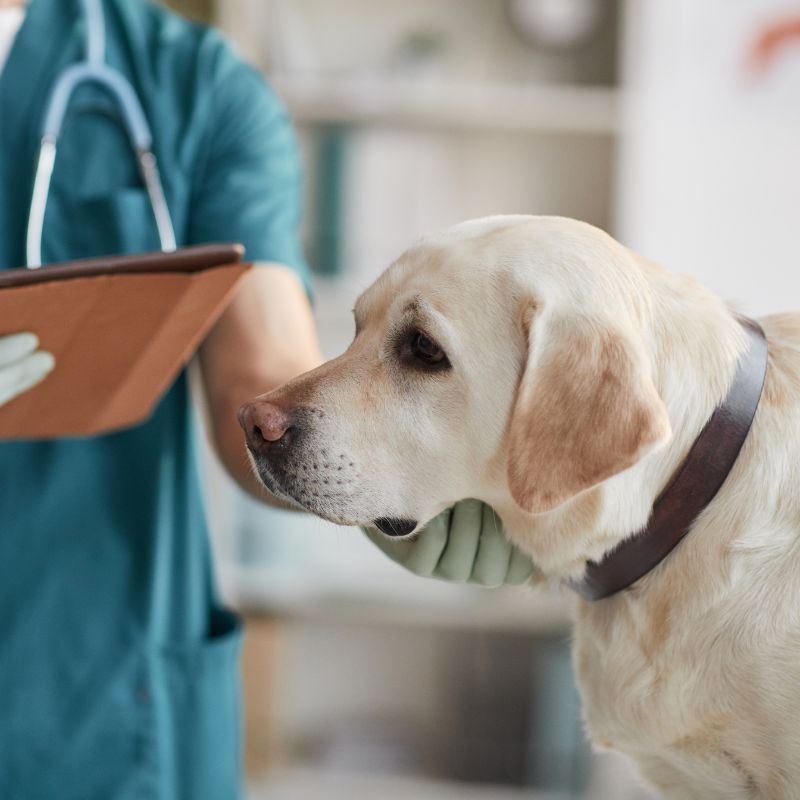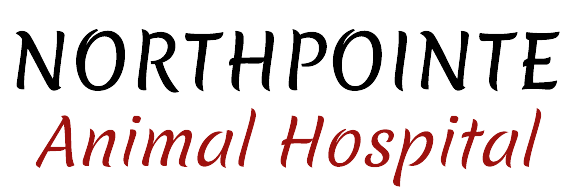Insurance
Pet insurance pays, partly or in total, for veterinary treatment of the insured person’s ill or injured pet. Some policies will pay out when the pet passes away, or if they are lost or stolen.
Pet Insurance at Northpointe Animal Hospital in Tomball, TX
We understand the importance of financial support when it comes to your pet’s health. We hope to provide valuable insights into pet insurance by exploring its significance and how customizable options empower pet owners to make informed choices.
Pet Insurance
As veterinary medicine is increasingly innovating new medical techniques and medications, and owners have higher expectations for their pets’ health care, the market for pet insurance has increased.
Pet insurance companies are beginning to offer pet owners the ability to customize their coverage by allowing them to choose their level of deductible or co-insurance. This allows pet owners to control their monthly premiums and choose the level of coverage that suits them the best.

The Differences in Insurance Coverage
Whether congenital and hereditary conditions (like hip dysplasia, heart defects, eye cataracts, or diabetes) are covered.
How the reimbursement is calculated (based on the actual vet bill, a benefit schedule, or usual and customary rates).
Whether the deductible is on a per-incident or an annual basis.
Whether there are any limits or caps applied (per incident, per year, age or over the pet’s lifetime).
Whether there is an annual contract that determines anything diagnosed in the previous year of coverage is considered pre-existing the next year.
Understanding Pet Insurance
Pet insurance serves as a financial safety net, offering coverage for veterinary treatments when your pet faces illness, injury, or other health-related issues. It helps alleviate the financial burden associated with unexpected medical expenses, ensuring that your pet receives the care they need without compromising your budget.
The Changing Landscape of Veterinary Care
In recent years, veterinary medicine has evolved significantly. Expensive medical techniques and advanced pharmaceuticals have become integral to pet healthcare. Simultaneously, pet owners now have higher expectations for their pets’ health and standard of living. This evolving landscape has led to a rise in the market demand for pet insurance, providing a proactive solution for managing veterinary expenses.
Customizable Coverage Options
Pet insurance companies recognize the diverse needs of pet owners. To address this, they offer customizable coverage options, allowing pet owners to tailor their insurance plans to match their preferences and budget. Personalization options may include:
Coverage for Congenital and Hereditary Conditions
Policies may differ in whether they cover congenital and hereditary conditions, such as hip dysplasia, heart defects, eye cataracts, or diabetes. Understanding these coverage variations helps pet owners choose plans aligned with their pet’s potential health risks.
Reimbursement Calculation Methods
The reimbursement calculation method can vary among policies. It may be based on the actual vet bill, a benefit schedule, or usual and customary rates. Choosing the method that aligns with your preferences ensures clarity on how reimbursements are calculated.
Deductible Structure
Pet insurance policies offer flexibility in deductible structures. Pet owners can choose between per-incident or annual deductibles, allowing them to tailor their coverage to their financial preferences and risk tolerance.
Limits and Caps
Limits and caps can be applied in various ways, including per incident, per year, age, or over the pet’s lifetime. Understanding these limitations helps pet owners evaluate the extent of coverage and make informed decisions based on their pet’s potential healthcare needs.
